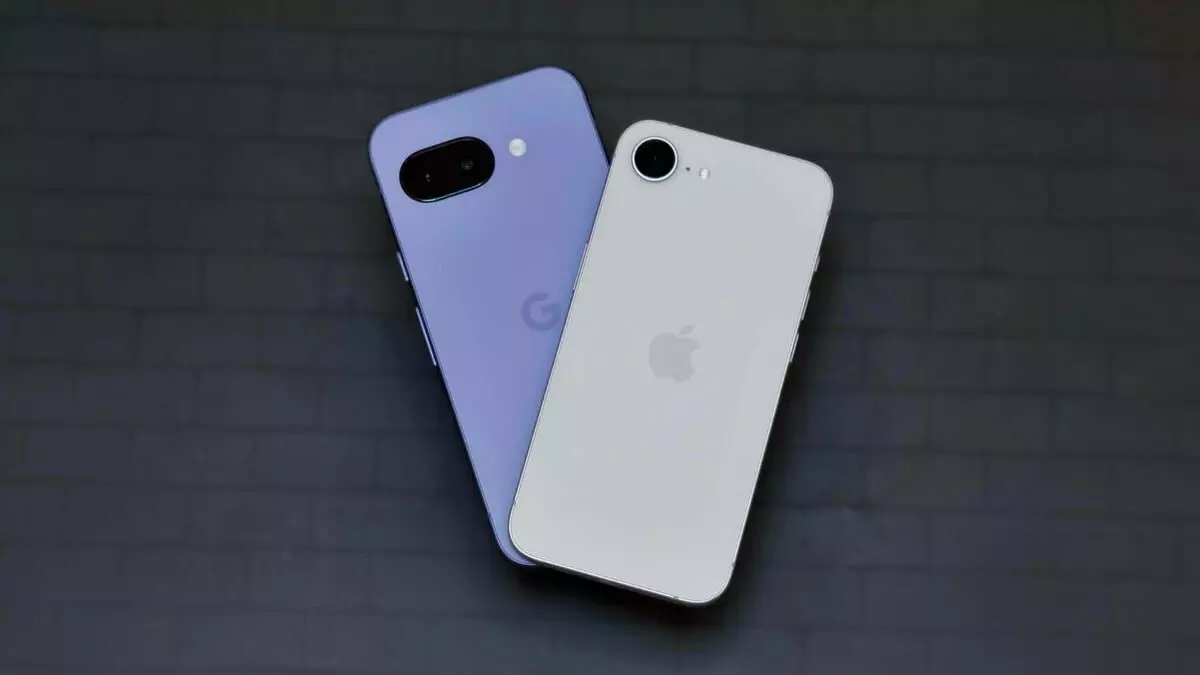Comparing the Google Pixel 9a and the iPhone 16e: Which Budget Phone Reigns Supreme?

When it comes to budget smartphones, the competition is fierce, especially between the Google Pixel 9a and Apple's iPhone 16e. Both devices, priced at $499 and $599 respectively, offer impressive features while keeping costs manageable for consumers. However, each has its unique strengths, particularly in the camera department—a point of contention that many users consider crucial.
In the realm of photography, the choice between the Pixel 9a and the iPhone 16e becomes quite clear. The Pixel 9a boasts a dual-camera setup, featuring a 48MP main camera and a 13MP ultrawide sensor, while the iPhone 16e opts for a single 48MP camera. This difference is significant when it comes to versatility and the quality of images captured in various settings.
I took both phones for a spin, snapping over 250 photos in different lighting and environments. In bright daylight, both devices perform admirably, but they exhibit distinct color profiles. The iPhone tends to produce warmer tones, while the Pixel leans towards cooler, more muted shades. Personally, I find the Pixel's cooler hue more appealing, but this can come down to personal preference.
When the sun sets, the true test of a smartphone camera emerges. While neither phone excels in low-light conditions—common for midrange devices—the Pixel 9a shines brighter (figuratively speaking). My tests showed that the Pixel captures more detail and true-to-life colors in darker settings. For example, when photographing a friend's portrait at night, the Pixel's rendering of skin tones was far superior. While the iPhone provided a brighter image, it lacked the accuracy in detail that the Pixel offered.
Portrait photography is another area where the Pixel 9a stands out. It captures portraits with more natural-looking skin tones and blurs, giving images a professional edge. In contrast, the iPhone's portraits often look warmer but can sometimes misrepresent skin tones—like when my chair blurred awkwardly in a photo.
For selfies, the Pixel 9a maintains its lead, providing a wider field of view and better color accuracy. With a 120-degree angle for selfies, it’s perfect for group shots. The iPhone, despite its smoothing effects, struggled with clarity in similar scenarios.
Beyond cameras, both phones offer compelling features. The Pixel 9a comes with a brighter 6.3-inch display, and it’s equipped with a robust 5,100 mAh battery. This is particularly impressive, considering its lightweight design. Meanwhile, the iPhone 16e offers a more traditional iOS experience, which may be familiar to long-time Apple users. However, the Pixel’s Tensor G4 chipset provides a seamless experience that many Android enthusiasts appreciate.
In terms of accessories, Google has opted for a minimalistic approach, shipping the Pixel 9a with just a USB Type-C cable. This could be a turn-off for some, but it aligns with the eco-friendly trend many brands are embracing today.
Ultimately, choosing between the Google Pixel 9a and the iPhone 16e boils down to personal preference and priorities. If camera versatility and color accuracy are your main concerns, the Pixel 9a is the clear winner. However, if you prefer the Apple ecosystem and the familiarity of iOS, you might find the iPhone 16e more appealing. Both devices deliver excellent value for money, but the Pixel 9a edges ahead in areas that matter most for photography enthusiasts.
